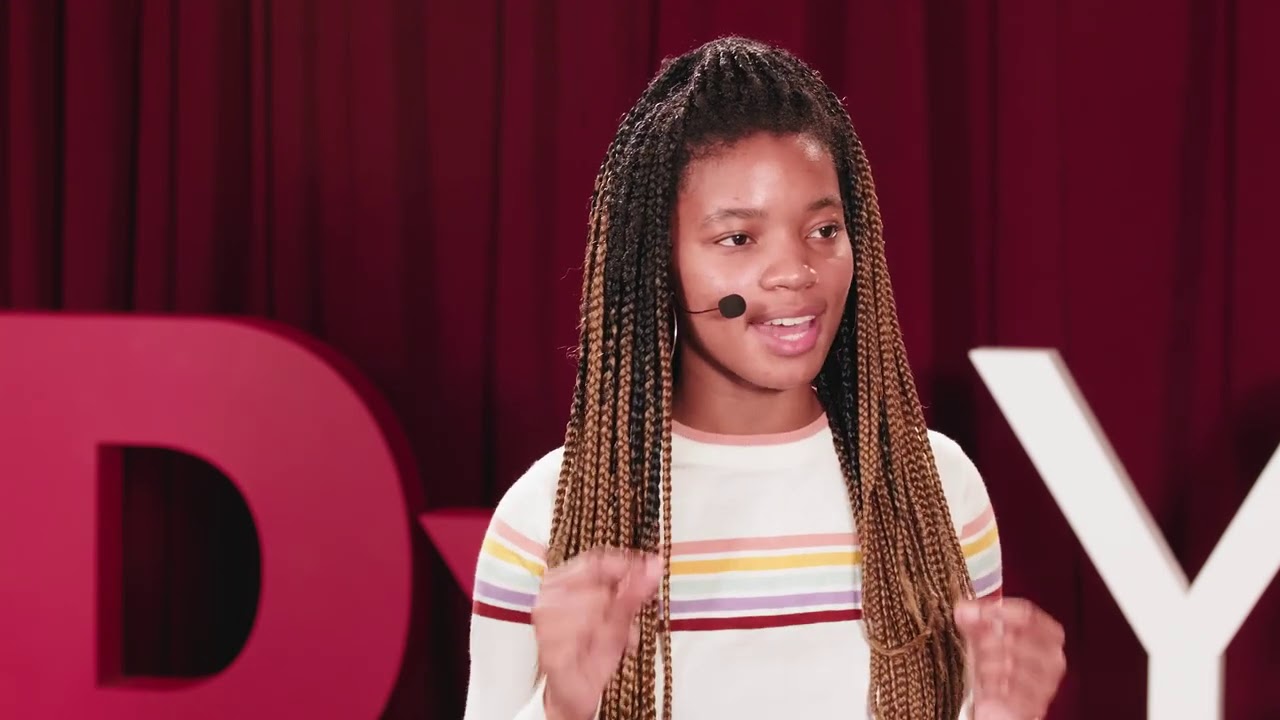Pink or blue? A construction toy or a doll? The gender dichotomy. Did you know that blue was originally the color for girls? It’s true: Blue used to be for girls as it was seen as more “dainty,” while pink used to be associated with boys as it was seen as the stronger color. It didn’t change until the 1950s when some big advertising campaigns pushed pink as a feminine color exclusively for girls. Take #boysdancetoo. When Prince George was recently trolled and bullied online for practicing ballet that hastag quickly became a teaching moment about stereotypes and inclusion that manifested itself in the middle of Times Square when 300 dancers, many of them male, responded by gathering to hold a massive dance class. If boys can’t dance ballet, girls can’t play baseball. Why are we judging, and how do we evolve as people if we are putting these old-school frameworks on gender in today’s modern times? Courtney Lucius an 11th grader is showing us the way. Courtney shares how Generation Z is not buying into the 1950s advertising or the idea that gender is fixed. Gen Z has rejected the societal constraints they’ve been born into and have normalized a variety of expressions that may not have been as accepted in the past. Courtney shares with us how GenZ is using technology to change the narrative on gender expression in America’s youth and calls on us to reject the pink vs. blue age old notion. Courtney Lucius, 11th Grader, Union Catholic High School This talk was given at a TEDx event using the TED conference format but independently organized by a local community. Learn more at https://www.ted.com/tedx
source
